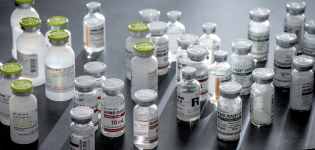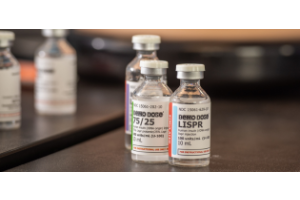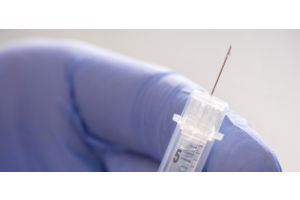Which types of vials are used in medical simulations?


Which types of vials are used in medical simulations?
In medical simulation, various types of vials are used to mimic those used in real clinical settings, typically for training in medication administration, reconstitution, handling, and storage. Common vial types include:
1. Glass Vials
- Single-dose or multi-dose: Mimicking those used in actual medical settings.
- Crimped metal seal with rubber stopper: For realism in syringe penetration.
- Amber colored: For light-sensitive medications.
2. Plastic Vials
- Made of polyethylene or polypropylene.
- Safer and reusable for repeated training.
- Often used when breakage is a concern.
3. Breakaway Vials
- Simulate ampules (snap-open glass containers).
- Often filled with harmless colored liquids.
- Provide tactile and visual realism.
4. Simulated Medication Vials
- Pre-labeled with realistic drug names or customized labels.
- May contain water or colored water, simulated saline, or gel for realistic viscosity.
- Used in scenarios involving high-risk drugs like insulin, epinephrine, or narcotics.
5. Custom-printed or Empty Vials
- Allow institutions to label/manage them for specific simulation use cases.
- Used for teaching dosage calculation, preparation/proper drawing techniques, administration, and overall medication safety.
Demo Dose® simulated medications offer a range of vial types for use in healthcare learning scenarios. Demo Dose® is for instructional use only and is not for human or animal use.








Validate your login
Log In
Create New Account